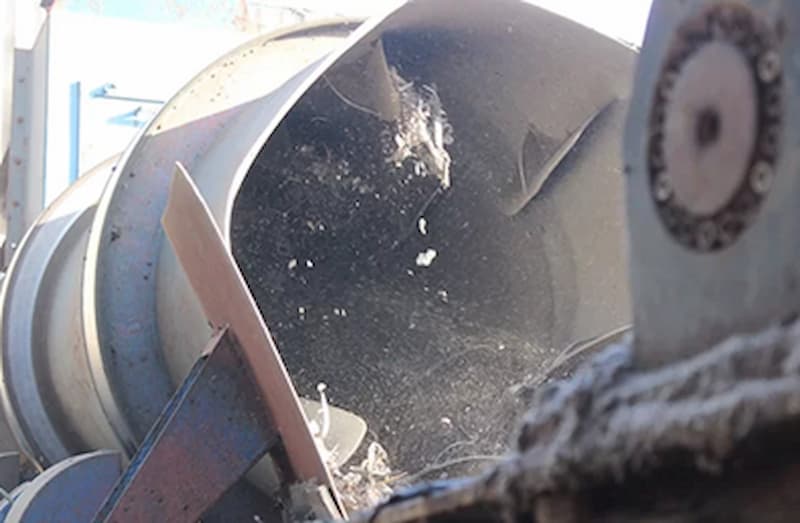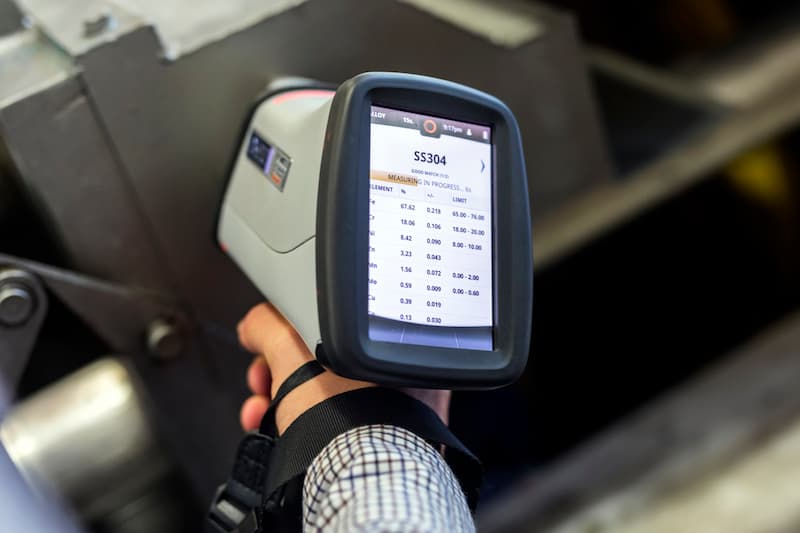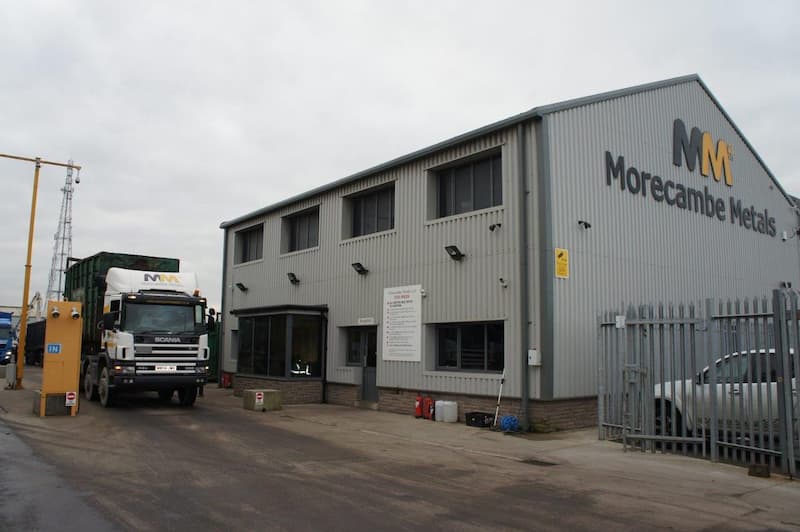Science is one of the driving forces of modern-day society; every year, we see technology advancing and developing, with companies implementing newer strategies in the scientific field to dominate their industry.
However, science is used to help various industries as part of their processes, and at Morecambe metals, we are no different. We use science to help offer the best scrap metal recycling services in the local area for our non-ferrous and ferrous metal recycling. So, since it is such a prevalent part of our processes, we explore how science is used at our Morecambe-based site and the equipment behind it.
Eddy Current Separator – ECS
One of our pride and joys here at Morecambe Metals is our series of Eddy Current Separators, otherwise known as an ECS. An ECS is used to retrieve non-ferrous materials from residue passed through our 1250-horsepower scrap metal shredding machine, also referred to as the fragmentiser. The idea behind an ECS is to improve non-ferrous metal recycling by removing it from shredder residue, which significantly increases recycling rates. The operation of an ECS has a lot of physics behind it, so when it comes to creating a machine of this proportion, thoughtful attention must be considered. For example, an ECS would give the best results if you wanted to remove aluminium or copper from rubber and plastic.
To do this, an ECS includes an incredibly powerful rotating magnet inside a non-metallic drum that rotates at a different speed. The rotating magnet is the most critical part because magnets have a property associated with them known as magnetic flux, which is the amount of magnetic field that passes through a specific region. When this flux changes rapidly, either due to a change in magnetic field strength or direction, it creates an electrical current around the flux. In this case, the rapidly rotating magnet induces an electrical current between the magnet and the rotating drum.
After this, the electrical current is oriented in the opposite direction to the magnetic field, following Lenz’s law deduced by Heinrich Lenz in 1834. Because of this, all metallic objects are influenced by this electrical current. However, a rotating electrical current can generate a magnetic field, but this will be in the opposite direction to the magnetic field of the rotating magnet. This means the non-ferrous metals are repelled from the attraction, ejecting them from the ECS, leaving the plastic, rubber, and glass residue to pass through the conveyor belt.
Testing Special Alloys
At Morecambe Metals, we have a non-ferrous metal processing division which takes control of buying and processing various grades of non-ferrous metals, such as aluminium, stainless steel, copper, brass, and lead. However, besides our standard processes, such as mobile baling, shredding, and shearing, we can test any special alloys you bring in. This provides information regarding the material’s contents, enabling you to get the best possible price.
To test these alloys, we use a spectrometer, an instrument used to identify the amount and type of elements present within a particular sample. Several types of spectrometers are available, but we will use a mass spectrometer; this can determine the element type and the amount present. So, for example, if you gave us an unknown alloy, we could find its kind of alloy through the spectrometer.
Mass spectrometers work using three steps: ionisation, acceleration, deflection, and detection. Ionisation is when the alloy is ionised and produces ions as a gas. This gas is then accelerated inside the spectrometer using electric fields. Finally, the ions pass through a deflection zone consisting of a magnetic field. An ion’s deflection depends on its mass and charge; the results are then combined to form the mass/charge ratio. This number is significant, as it is used to determine the type of element within the alloy and calculate the amount of that element.
Using this equipment, scrap metal processing companies can determine the quality of an unknown alloy so it can be distributed effectively. These are just some of the science-based equipment we use at Morecambe Metals, enabling us to retrieve the highest quality materials after the scrap metal has been processed.
Science; an Essential Element in Scrap Metal Recycling
Although these are just two ways science supports our processes, there are many other ways it contributes to the entire scrap metal recycling process. For example, once the metal has been shredded, sorted, and compacted, we can ship the materials to be processed and melted to make more reusable materials. This requires cleaning, which is done through chemicals and, of course, ensuring the temperature is correct to melt into the liquid to produce new raw material for use across many industries. Science plays a part in all of it and is essential for the progress of facilities like ours. For instance, our ECS allows us to process thousands of tonnes of metal per week and will enable us to achieve a significant impact in the metal recycling industry.
If you are looking for a reputable scrap metal recycling company or need assistance clearing a demolition site, then we are more than happy to help. Please do not hesitate to contact us at 01524 69191; our scrap metal buyers will be more than happy to help with any enquiries.




